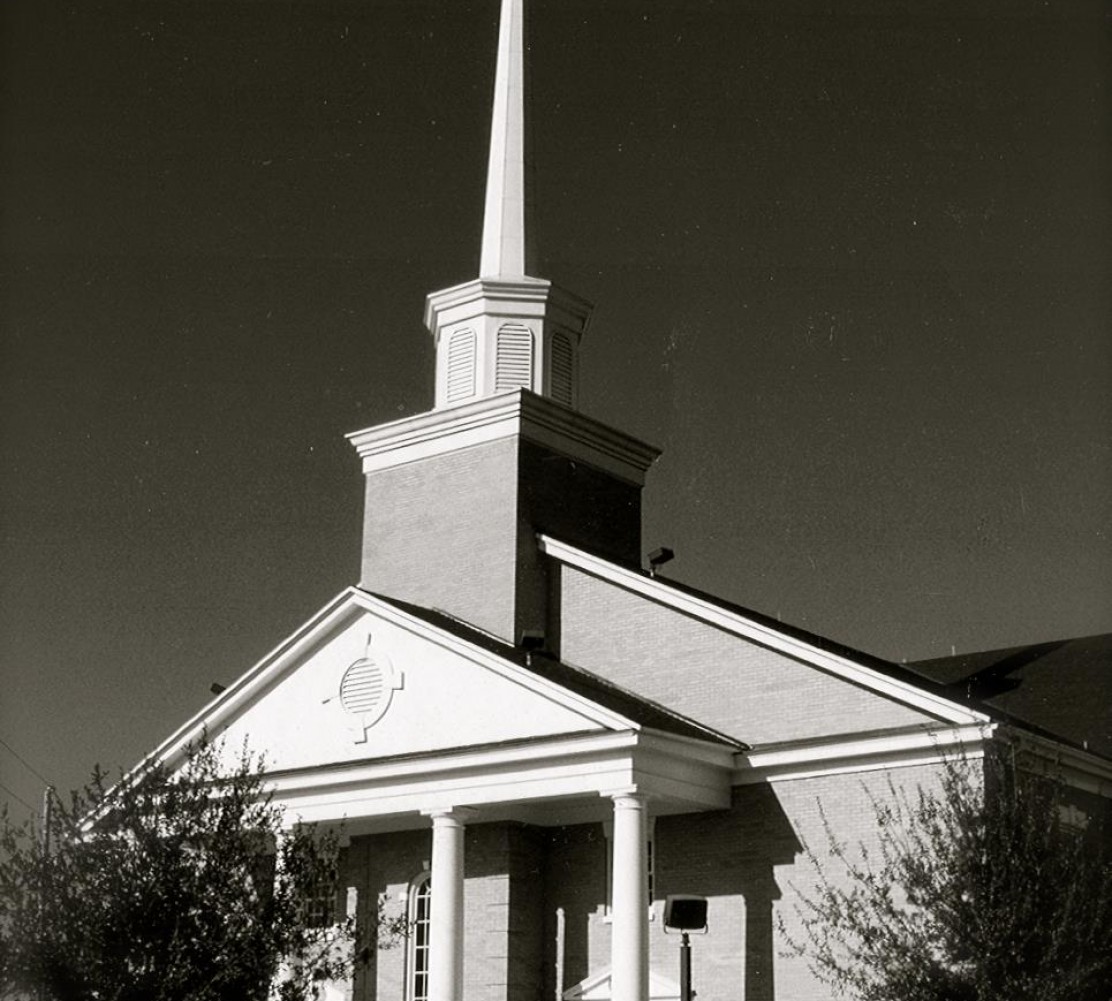I read this article a while back about gang members who gave their lives to Christ and were baptized: https://www.foxnews.com/faith-values/texas-church-gang-prison-baptized?fbclid=IwAR2FmsbjuobhhhGdqKmBSiWeZN2NLzp9OrI-VIyzDk2ON0O5lhsbj1OTxeM
In the United States, it’s not usually a risk to publicly profess Christ. It’s true that some people experience family alienation when they are baptized, but here it doesn’t usually lead to risk of actual bodily harm. Many of our brothers and sisters around the world are living in areas where this risk is very real. And this story is an example of that from behind prison walls in America.
This story could illustrate the fullness of commitment that we make when we repent and believe in Christ. It could illustrate the fact that Jesus does not just become our Savior, but our Lord (1 Corinthians 6). It would work with many of the passages on baptism, as well (Matthew 28, Romans 6, Colossians 2). This would also be an excellent illustration of reconciliation between Christians (Ephesians 2), as these gang members who were formerly mortal enemies are now brothers in Christ. It also illustrates faith (Hebrews 6), as these believers are trusting the Lord to take care of them in light of their courageous and dangerous decision.
